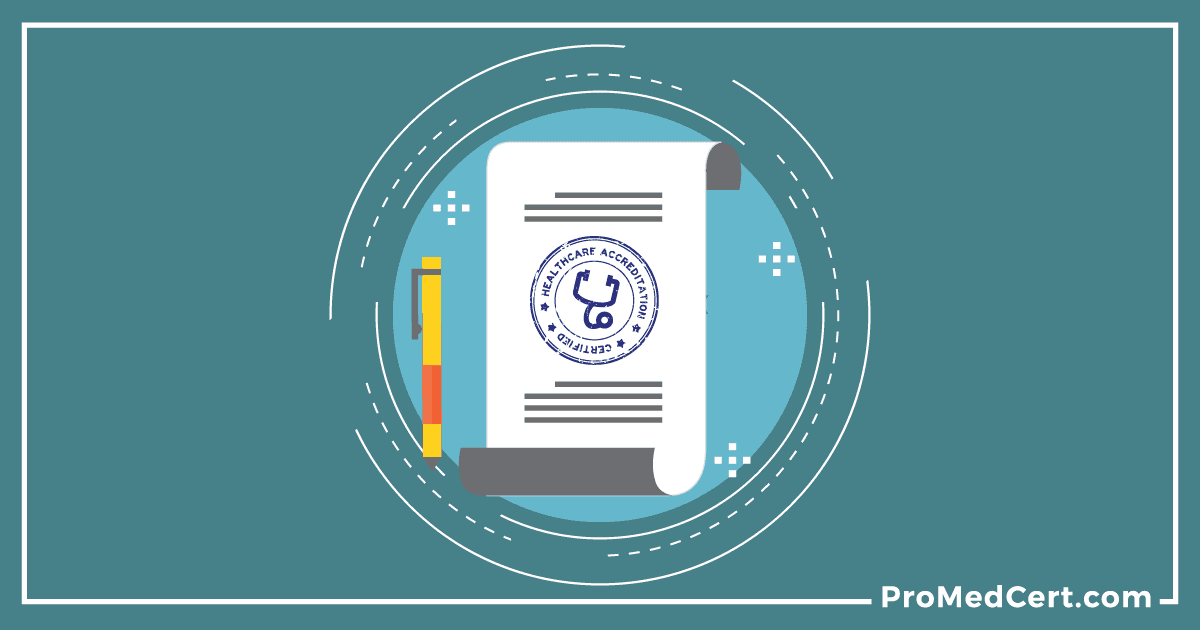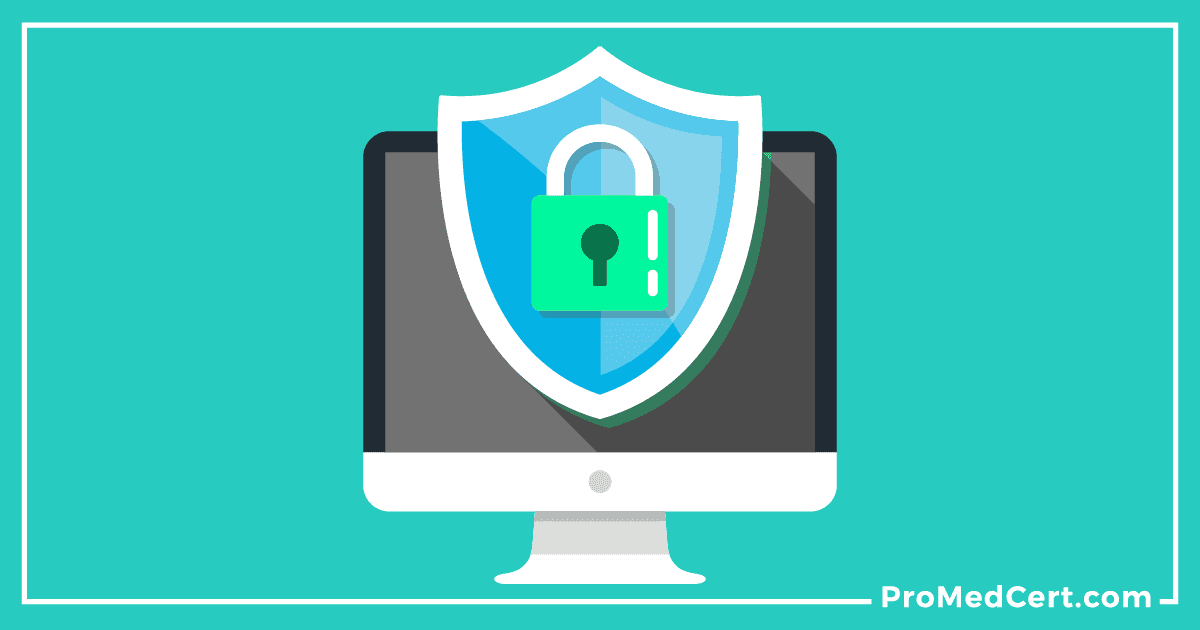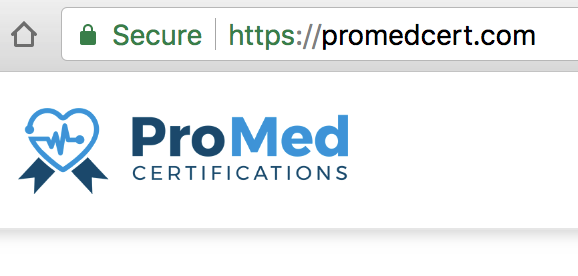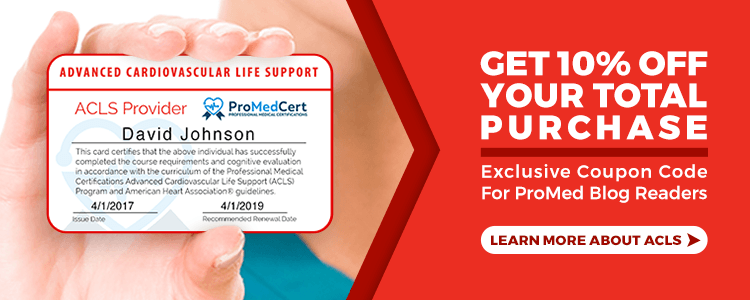4 Red Flags to Watch for When Choosing the Best Online Medical Certification Course
To help you avoid going down the wrong path, here are four red flags to watch for when selecting the best online medical certification course.

Here at ProMed Certifications, we talk a lot about what you should look for in an online medical certification course.
But knowing what to avoid is just as important.
The truth is, with so many providers entering the market today, it can be challenging to tell which ones are reputable and trustworthy and which might end up being a waste of time and money.
This is especially the case since many fraudsters are very good at misleading potential customers.
To help you avoid going down the wrong path, here are four red flags to watch for.
No point of contact

It shouldn’t take much effort to figure out how to contact a prospective provider, whether it’s through a “Contact” page, email address or some other method.
In any case, taking an online medical certification course from someone that doesn’t offer a direct way to get in touch should you have a question or concern is never a good idea.
Not properly accredited

In order for your employer to accept an online medical certification, it must meet certain guidelines.
For instance, an ACLS certification course must be aligned with the latest American Heart Association (AHA) guidelines.
If there is no reference to a provider’s accreditation, it’s probably best to steer clear.
To the contrary, a provider that offers a money-back guarantee can provide added peace of mind.
No continuing education credits

Obviously the goal of taking an online medical certification course is to achieve the necessary credentials (ACLS, BLS, PALS, CPR, etc.).
But if you can also receive CME/CEU credits as well, you’ll make out much better in the end.
Not only is this helpful, but it is also an indicator that the quality of the coursework meets industry standards.
A course that does not offer these credits might not be worth pursuing.
Insecure website

You want to be sure that the website you’re going to be submitting payment through is secure.
Otherwise you could end up with even more problems than you think.
There are several ways to verify whether a site is secure.
Most internet browsers signify this with a green padlock, like this:

Additionally, websites that use an “https” tag (see above) tend to be more secure than those with just “http.”
If you don’t see these things, move on. It’s not worth the risk.
Trust your gut.

At the end of the day, most of us are able to sense a potential scam.
If the website you are looking at appears poorly put together, has spelling or grammar errors, or just seems generally unprofessional, it’s probably a sign that the folks behind it aren’t on the up-and-up.
Trust your instinct. Remember – there are plenty of high-quality options available to you, so there’s no need to risk it.
To learn more about ProMed Certifications and why we’ve become one of the industry’s most trusted providers of quality, affordable online medical certification courses, click here or get in touch today!

